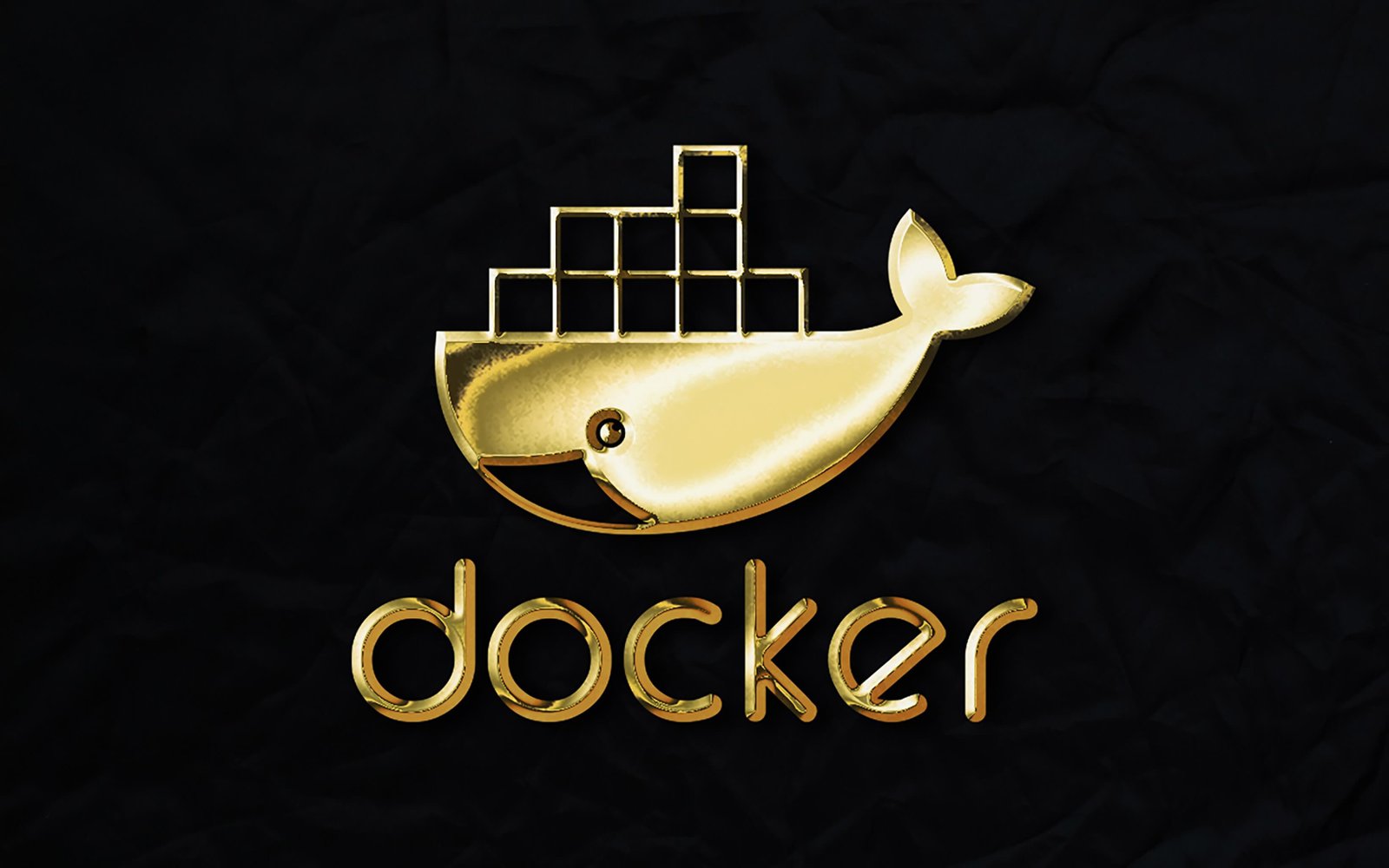
Demystifying Docker: A Comprehensive Guide to Understanding and Utilizing Containerization
By Marcelo Vieyra, December 25th 2023 | 3 mins, 505 words
Introduction:
In the fast-paced world of software development and deployment, efficiency and scalability are paramount. One revolutionary tool that has become indispensable in achieving these goals is Docker. This article aims to demystify Docker by exploring its essence, practical applications, fundamental principles, and providing real-world examples.
What is Docker?
Docker is a platform for developing, shipping, and running applications in containers. But what exactly is a container? Think of it as a lightweight, standalone, and executable software package that includes everything needed to run a piece of software, including the code, runtime, libraries, and system tools. Docker provides a standardized way to package applications and their dependencies, ensuring consistency across various environments.
Key Advantages and Use Cases:
- Portability: Docker containers can run consistently on any environment, be it a developer's laptop, a testing server, or a production system. This ensures that what works on a developer's machine will work the same way in production, eliminating the infamous "it works on my machine" problem.
- Isolation: Containers encapsulate applications and their dependencies, providing isolation from the underlying infrastructure. This allows for a clean separation of concerns, making it easier to manage and scale applications.
- Resource Efficiency: Containers share the host operating system's kernel, consuming fewer resources compared to traditional virtual machines. This makes Docker an excellent choice for optimizing resource usage and increasing the density of applications on a single server.
Basic Principles of Docker:
1. Images: Docker uses images as the blueprint for containers. An image is a lightweight, standalone, and executable package that includes everything needed to run a piece of software, including the code, runtime, libraries, and dependencies.
2. Containers: Instances of Docker images are called containers. Containers run in isolated environments, ensuring consistency and avoiding conflicts with other applications or processes on the host system.
3. Dockerfile: Docker images are created using Dockerfiles, which are simple scripts specifying the steps to build the image. This allows for version control and reproducibility of the entire environment.
4. Registry: Docker images can be stored and shared through Docker registries. Docker Hub is a popular public registry, while organizations often use private registries to manage their own images.
Examples of Docker in Action:
1. Web Application Deployment:
Docker simplifies deploying web applications by packaging the application and its dependencies into a container. This container can then be deployed on any server with Docker installed, ensuring consistency and reliability.
2. Microservices Architecture:
Docker is a natural fit for microservices-based architectures. Each microservice can run in its own container, enabling independent development, scaling, and maintenance.
3. Continuous Integration/Continuous Deployment (CI/CD):
Docker facilitates seamless integration with CI/CD pipelines. Developers can build, test, and deploy applications in containers, ensuring that the entire process is consistent and reproducible.
Conclusion:
Docker has revolutionized the way applications are developed, deployed, and managed. Its ability to provide consistency, portability, and efficiency has made it a cornerstone in modern software development. By understanding the basic principles and exploring real-world examples, developers can harness the power of Docker to streamline their workflows and create robust, scalable applications.